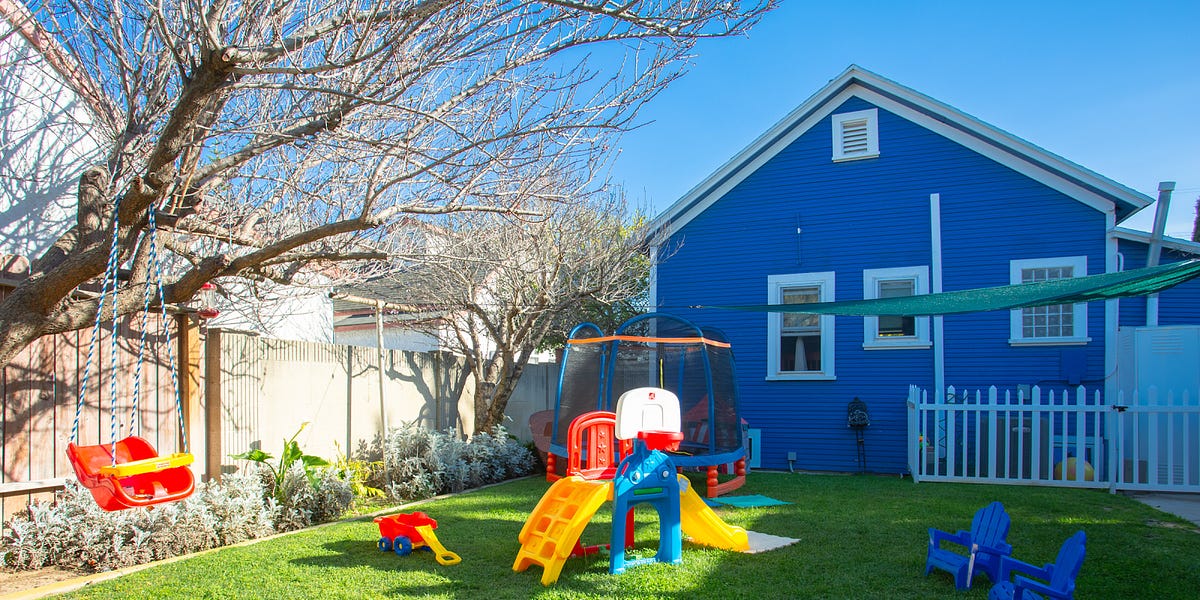
Saved by Avni Patel Thompson
Access Denied

Saved by Avni Patel Thompson
sari added
sari added
sari added

sari added
Alex Wittenberg added
sari added
We have the second most expensive childcare system in the world, after the Slovak Republic, which makes it prohibitively expensive for many parents to return to work.3 Our own research of 20,000 mothers in 2021 found that a third pay more for their childcare than their mortgage, rising to almost half for respondents from a Black ethnic background.
... See moresari added